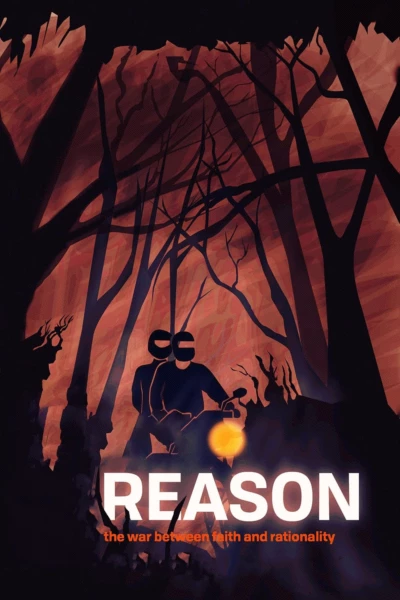Garm Hava (1973)
January 5, 1973Release Date
Garm Hava (1973)
January 5, 1973Release Date

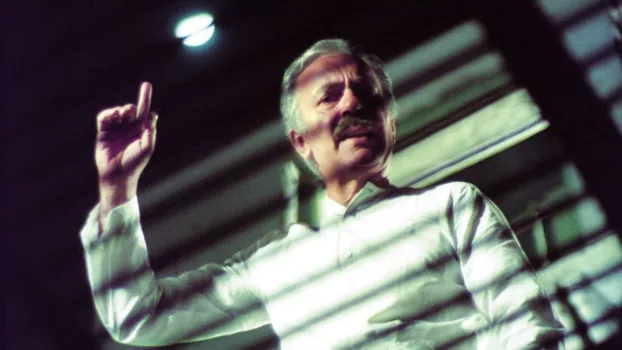
Plot.
Where to Watch.
Cast & Crew.
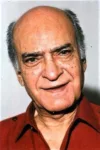
A.K. Hangal

Gita Siddharth
Amina

Jamal Hashmi
Kazim
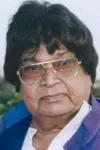
Yunus Parvez
Fakruddin
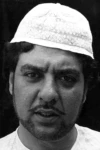
Jalal Agha
Shamshad

Shaukat Azmi
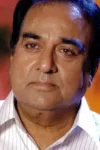
Vikas Anand

Rajendra Raghuvanshi

Balraj Sahni
Salim Mirza
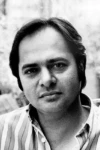
Farooq Shaikh
Sikandar

Dinanath Zutshi
Halim

Ishan Arya
Director of Photography / Producer

M.S. Sathyu
Director / Producer

Madhav
Production Assistant

Chand
Assistant Makeup Artist

Kulbir Singh
Assistant Director

Sikander
Assistant Director of Photography

Hameed
Assistant Director of Photography

Makhan Singh
Assistant Director

Manoj Shanker
Assistant Music Supervisor

D. Naidu
Assistant Director of Photography

Ravindra Gupta
Makeup Artist
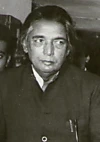
Kaifi Azmi
Lyricist / Dialogue / Screenplay / Songs

Aziz Ahmed Khan Warsi
Playback Singer

J. K. Mathur
Production Assistant

Y. L. Shinde
Assistant Sound Designer

Ismat Chughtai
Original Story

Ashok Gunjal
Assistant Director of Photography

Prema Kannan
Production Assistant

Hari Verma
Production Assistant

Ustad Bahadur Khan
Music

Shyam Arora

Rajan Verma

Abu Siwani
Executive Producer

C. M. Nagar

Raj Verma

B. P. Saxena

Ramma Bans

Shanta Agarwal

Badar Begum

Shama Zaidi
Screenplay

Kimti Anand

Rais Mirza

Mohini Mathur

R. S. Lal Mathur

Chand Ashfaq Ellahi

Javed Ellahi

Dinesh Sanyasi
Media.

Details.
Release DateJanuary 5, 1973
Original Nameगर्म हवा
StatusReleased
Running Time2h 26m
Genres
Last updated:
This Movie Is About.
Wiki.
Garm Hava (translation: Hot Winds or Scorching Winds) is a 1973 Indian drama film directed by M. S. Sathyu, with Balraj Sahni as the lead actor.
It was written by Kaifi Azmi and Shama Zaidi, based on an unpublished short story by noted Urdu writer Ismat Chughtai. The film score was given by the classical musician Ustad Bahadur Khan, with lyrics by Kaifi Azmi. It also featured a qawwali composed and performed by Aziz Ahmed Khan Warsi and his Warsi Brothers troupe.
Set in Agra, Uttar Pradesh, the film deals with the plight of a North Indian Muslim businessman and his family, in the period after the 1947 Partition of India. Made with a shoestring budget, the entire film was shot on location in Agra. In the grim months after the assassination of Mahatma Gandhi in 1948, the film's protagonist and patriarch of the family, Salim Mirza, deals with the dilemma of whether to move to Pakistan, like many of his relatives, or stay back. The film details the slow disintegration of his family, and is one of the most poignant films made on India's partition. It remains one of the few serious films dealing with the post-Partition plight of Muslims in India.
It is often credited with pioneering a new wave of art cinema in Hindi films, along with Ankur (1973), a film from another debutant director, Shyam Benegal. Both are considered landmarks of Parallel Cinema in Hindi. Parallel cinema had already started flourishing in other parts of India, especially in Bengal (notably in the works of Satyajit Ray, Mrinal Sen and Ritwik Ghatak) and Kerala. The movie launched the career of actor Farooq Shaikh, and marked the end of Balraj Sahni's film career, who died before its release. It was India's official entry to the Academy Award's Best Foreign Film category, was nominated for the Palme d'Or at the Cannes Film Festival, won a National Film Award, and three Filmfare Awards. In 2005, Indiatimes Movies ranked the movie amongst the Top 25 Must See Bollywood Films.
You May Also Like.
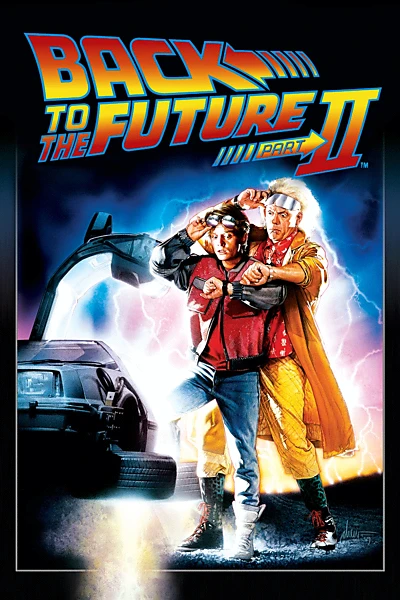
Back to the Future Part II (1989)

The Naked Gun 2½: The Smell of Fear (1991)
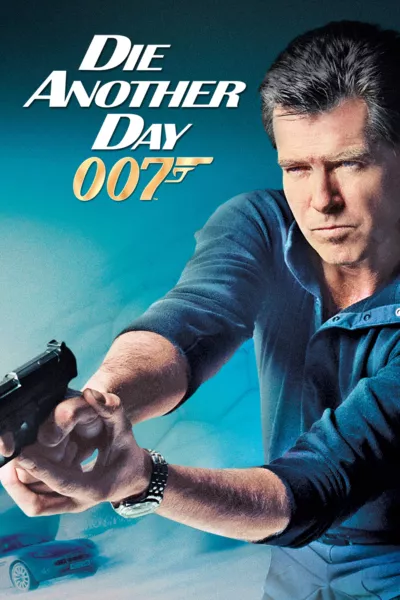
Die Another Day (2002)
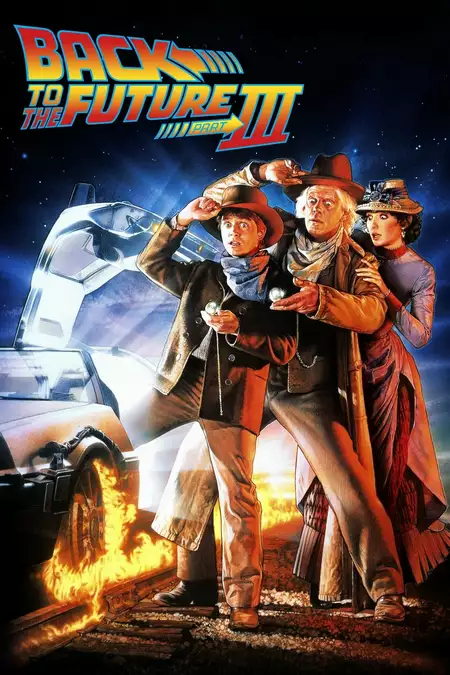
Back to the Future Part III (1990)

Lethal Weapon 2 (1989)

Stuart Little 2 (2002)

Tremors 3: Back to Perfection (2001)

Sayen: The Huntress (2024)

Bleach the Movie: Hell Verse (2010)

Pokémon Heroes (2002)

3-Headed Shark Attack (2015)

Honey, We Shrunk Ourselves (1997)

Gamera 3: Revenge of Iris (1999)

National Family (2023)
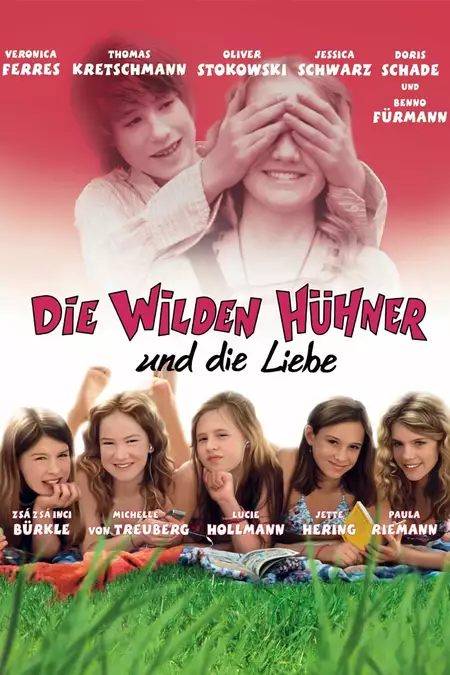
Wild Chicks in Love (2007)

Jennifer Lopez: Dance Again (2014)
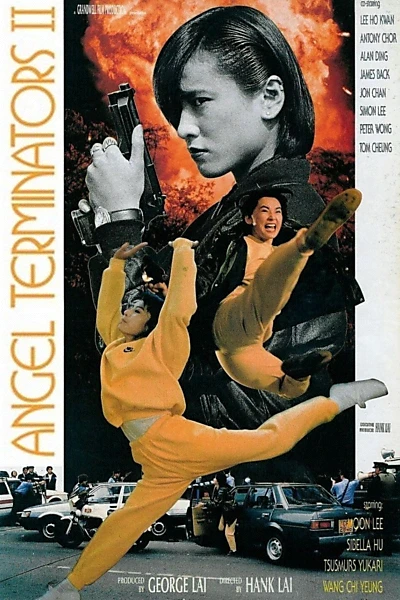
Angel Terminators 2 (1992)

Chhota Bheem Aur Hanuman (2013)
